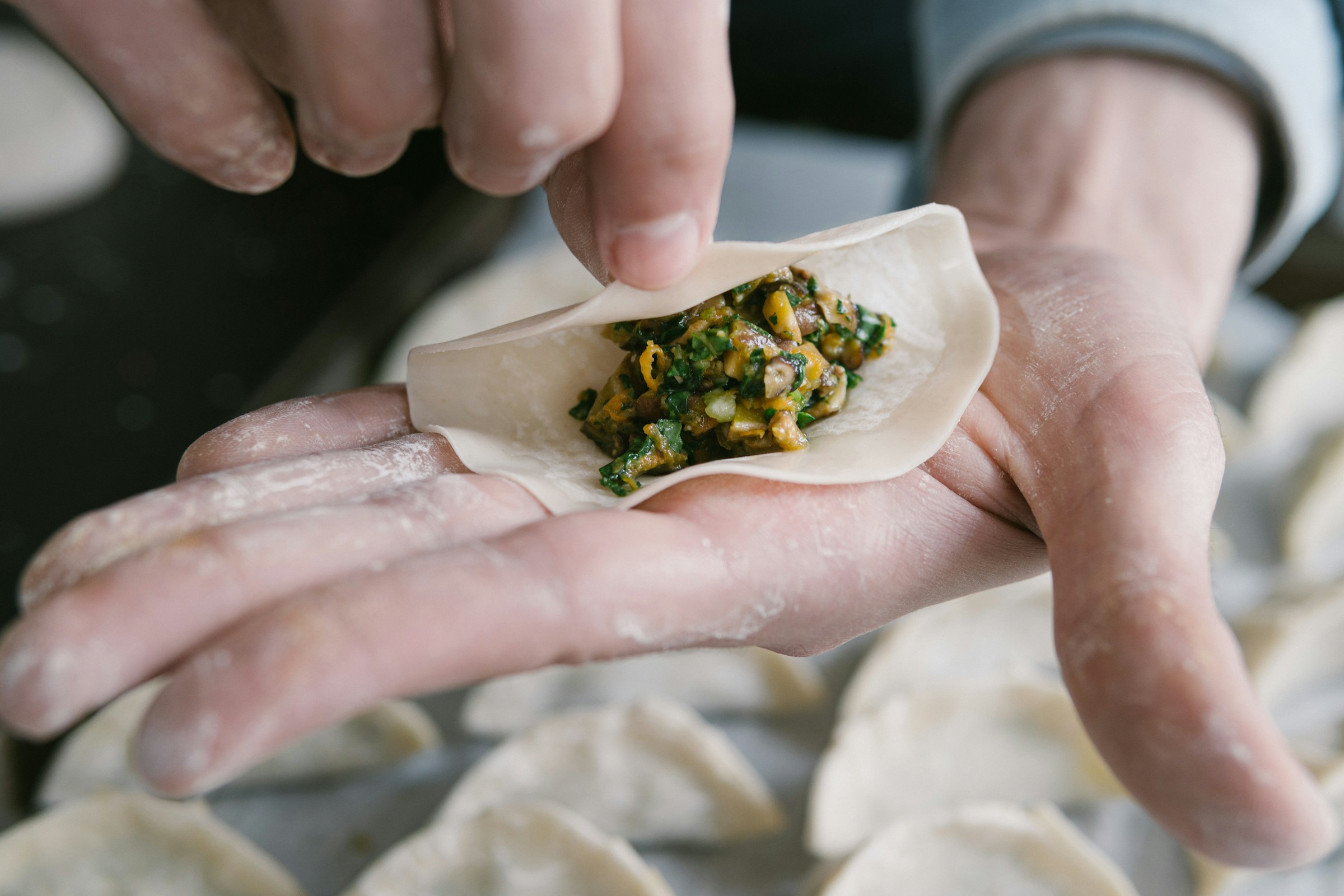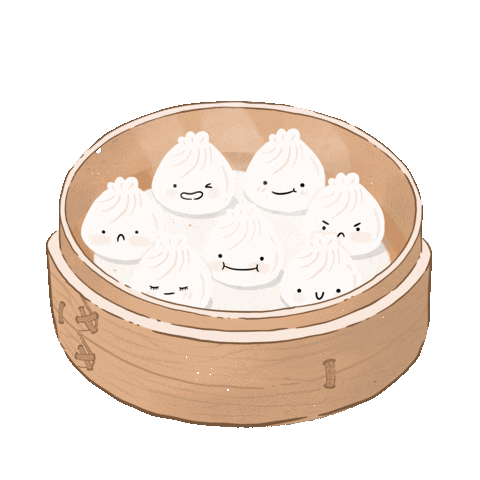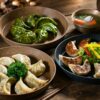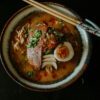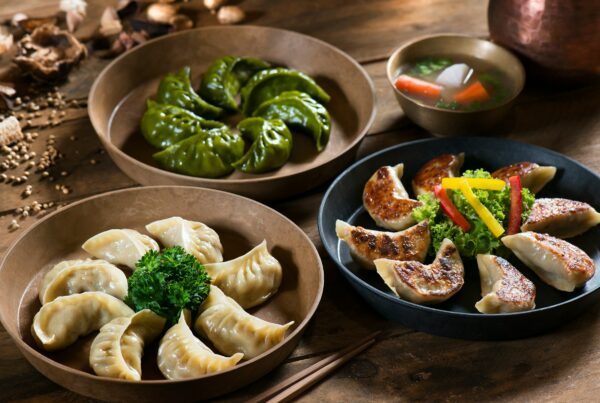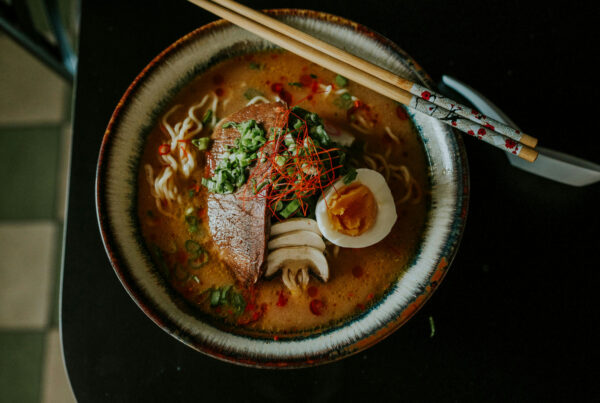Chinese dumplings, known as “jiaozi,” are more than just a dish; they are a cultural icon, a symbol of togetherness, and a culinary art form. From family gatherings to festive celebrations, jiaozi hold a special place in the hearts of millions. Let’s embark on a journey to uncover the secrets behind these delectable parcels and explore their rich history and diverse variations.
A Tradition Steeped in History:
The origins of jiaozi can be traced back over 1,800 years to the Eastern Han Dynasty in China. Legend has it that Zhang Zhongjing, a renowned Chinese physician, created these dumplings to treat frostbitten ears during the harsh winter. Initially stuffed with lamb, chili, and herbs, jiaozi quickly gained popularity and became a staple in Chinese cuisine, evolving over the centuries into the diverse delicacies we enjoy today.
The Art of Making Jiaozi:
Making jiaozi is not just about assembling ingredients; it’s a labor of love, a ritual passed down through generations. The process begins with preparing the dough, a simple mixture of flour and water kneaded to the perfect consistency. Next comes the filling, which can vary from region to region and household to household, encompassing everything from savory pork and cabbage to exotic combinations like shrimp and leek. The filling is carefully spooned onto the dough, which is then folded and pleated into intricate shapes, each fold telling a story of tradition and technique.
A Culinary Symphony of Flavors:
One of the most captivating aspects of jiaozi is the sheer diversity of flavors and fillings they offer. Whether steamed, boiled, or pan-fried, each cooking method yields a unique texture and taste experience. Steamed jiaozi are tender and moist, allowing the flavors of the filling to shine through, while boiled jiaozi are hearty and comforting, perfect for chilly winter days. Pan-fried jiaozi, known as “potstickers,” boast a crispy golden exterior and a juicy, flavorful center, making them irresistible to dumpling enthusiasts around the world.
Modern Innovations and Creative Variations:
While traditional jiaozi hold a special place in Chinese culinary heritage, modern chefs are putting innovative twists on this timeless dish, incorporating unconventional ingredients and techniques to create new flavor sensations. From vegan jiaozi filled with tofu and shiitake mushrooms to fusion creations like cheeseburger dumplings, the possibilities are endless. Yet, no matter how creative the interpretation, the essence of jiaozi remains unchanged: a celebration of flavor, texture, and tradition.
Jiaozi: More Than Just Food:
Beyond their culinary appeal, jiaozi hold cultural significance in Chinese society, symbolizing unity, prosperity, and good fortune. It is customary to eat jiaozi during Lunar New Year celebrations, with their shape resembling ancient Chinese currency, symbolizing wealth and abundance for the coming year. Additionally, the act of making jiaozi together with family and friends fosters a sense of community and connection, strengthening bonds and creating lasting memories.
In conclusion, Chinese dumplings are not just a dish; they are a testament to the rich tapestry of Chinese culture, history, and culinary craftsmanship. Whether enjoyed at a bustling street stall or homemade with love in the comfort of one’s kitchen, jiaozi will always hold a special place in the hearts and stomachs of food lovers worldwide.



